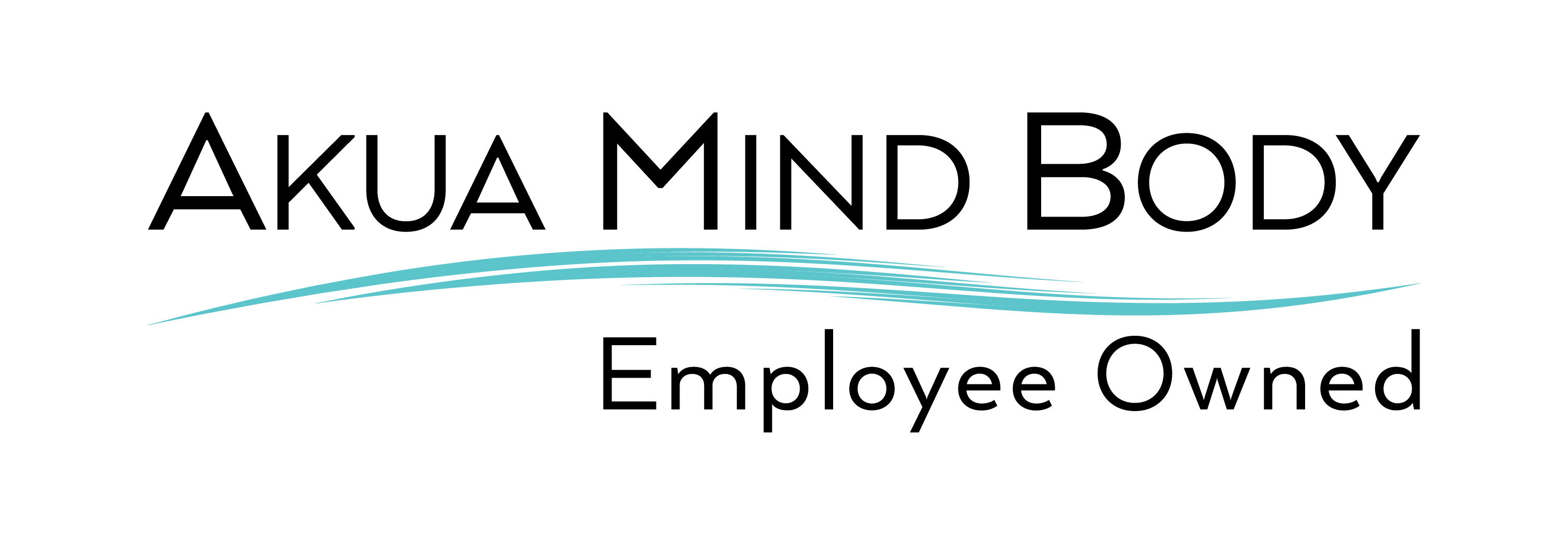“According to the 2017 National Survey on Drug Use and Health (NSDUH), approximately 1.6 million people (0.6 percent of the population) reported using methamphetamine in the past year, and 774,000 (0.3 percent) reported using it in the past month”.
As methamphetamine-related deaths continue to rise, drug addiction treatment professionals are continually faced with challenges to treat methamphetamine addiction. Unlike opioids, which act on specific receptors in the brain known as mu receptors, there is no known specific receptor for methamphetamine. As a result, no medication can trigger this receptor. We have medications that can treat opioid addiction because we know the particular science behind opioids, but without a specific target for methamphetamines, it is hard to treat this addiction. As a result, meth addiction treatment relies on methods to recognize and curb the underlying triggers that led to the addiction in the first place. Psychotherapy focuses on abnormal thinking patterns, distorted beliefs, irrational emotions, and underlying triggers associated with methamphetamine use. Meth addiction treatment is possible, but the choice is up to the individual. As always, with any addiction, family, community, or any healthy support structure must be in place for the individual to have the best results along their recovery journey.
Meth addiction treatment: what is methamphetamine?
Methamphetamine is an illicit street drug that is classified as a highly addictive stimulant. It was developed from its parent drug, amphetamine, which is commonly found in cold decongestant over the counter medicine and prescription asthma inhalers. The key ingredients in meth are the stimulants ephedrine or pseudoephedrine. These ingredients are “cooked in a lab or a remote home and made into a consumable pill, powder, or glass fragment. Meth labs are notoriously dangerous and illegal because the byproducts of the drug’s creation process are extremely toxic and combustible. Meth is very popular in remote and rural areas. Crystal methamphetamine is a form of the drug that looks like glass fragments or shiny blue rocks and is often referred to as ice. This crystal or rock form is usually smoked. Common street names for methamphetamine include blue, crystal, ice, meth, and speed and can be smoked, swallowed in pill form, snorted, or injected in powder form after being dissolved in water.
Like amphetamine and other stimulants, methamphetamine causes increased alertness, talkativeness, and a heightened euphoria state, making this drug very pleasurable for many users. However, these effects are quick to wear off, even before methamphetamine is cleared from the body. As a result, individuals quickly crash and burn, leaving them feeling exhausted, unmotivated, and depressed. As a result, another hit of methamphetamine is desired to repeat the euphoric high cycle.
Signs and symptoms of methamphetamine abuse
Stimulants increase alertness, energy, and attention while creating a pleasurable sense of well being known as euphoria. Individuals who use meth will have a surge of energy and can go days without sleeping or eating. The drug hits the brain hard, causing an addiction potential that leaves individuals needing more and consuming this drug in a binge-like pattern. Below are common signs and symptoms associated with methamphetamine use:
- Euphoria
- Psychosis
- Seizures
- Depression
- Aggressive and violent behavior
- Severe dental problems
- Dramatic weight loss
- Dilation of pupils
- Disturbed sleep patterns
- Nausea
Meth addiction treatment: how long does methamphetamine stay in the body?
Methamphetamine usually takes about 2-10 days to leave the body, depending on the individual’s age, body weight, how much drug the individual uses, and their liver and kidneys’ functioning. Urine can detect methamphetamine for up to 72 hours, blood tests can detect methamphetamine for up to 48 hours, saliva tests can detect the drug one to two days after last use, and hair tests can detect the drug for up to three months.
Stimulants increase alertness, energy, and attention while creating a pleasurable sense of well being known as euphoria. Individuals who use meth will have a surge of energy and can go days without sleeping or eating. Methamphetamine and cocaine are both illicit stimulants; however, methamphetamine stays in the body for much longer compared to cocaine. For example, 50 percent of cocaine is removed from the body within one hour, whereas 50 percent of methamphetamine is removed from the body in 12 hours. Therefore methamphetamine has a much longer time to act on the brain compared to other stimulants such as cocaine. In addition, methamphetamine is known to block dopamine reuptake in the brain and cause a release in dopamine, thereby using two different ways to increase dopamine in the body. As a result, methamphetamine is very addictive.
Meth Abuse and addiction treatment
Similar to any substance of abuse, individuals must undergo a detoxification phase where methamphetamine is safely cleared from the body. This is usually done in a safe and calm setting under medical supervision to ensure safety and compassion, as the withdrawal phase for any drug can be painful both physically and emotionally. Once the individual is out of the withdrawal phase, the treatment team can help the individual gain knowledge and coping skills to control future urges and cravings. Some treatment centers use medications such as naloxone to help curb cravings; however, naloxone for meth addiction treatment is not considered widespread or first-line and therefore is specific to the treatment center. Benzodiazepines can also be used short term to curb feelings of anxiety during the withdrawal process. Successful meth addiction treatment takes a village that includes treatment specialists, therapists, dieticians, a strong support group, and a community. Psychotherapy approaches that are used for meth addiction treatment include the following:
- Cognitive-behavioral therapy
- Family education
- 12-step programs
- Contingency management education
If you or a loved one is experiencing signs and symptoms associated with methadone addiction, the sooner treatment is administered, the less likely complications will arise, and the more likely the individual will be able to successfully navigate life without debilitating symptoms. The first step is recognizing the signs and symptoms, and the next step is contacting a reputable treatment center.




